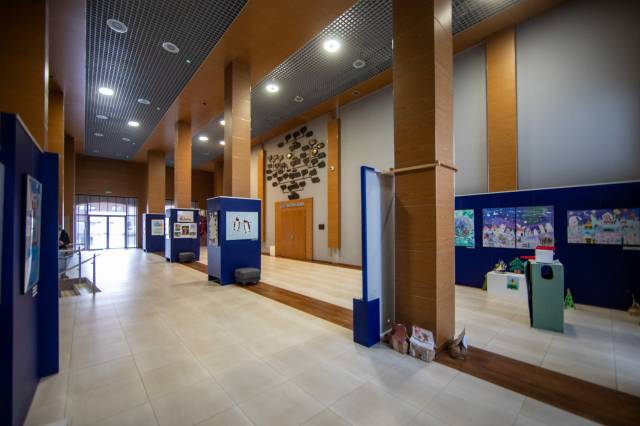It is one of the largest collections of measuring instruments in Europe. It comprises more than 10,000 items. The collection includes, among others:
Weight measuring instruments:
- scales with different mechanical constructions, starting from the simplest beam balances and Roman steelyards, through complex counter and decimal scales, and ending with pendulum scales that work without weights;
- weights in a variety shapes, made with different materials and used for different purposes: in trading, in pharmacies, in gem-cutting, for weighing coins, in laboratories)
The collection also encompasses:
- measuring vessels for granular and liquid materials;
- measuring instruments with a variety of applications: in shoemaking, in land surveying, navigation compasses, levels, protractors, slide rules, depth sounding lines) and instruments for assessing the quality of grain by measuring its bulk density – chondrometers, in Poland known as “Dutch scales”;
- thermometers and hydrometers
The exhibits come from more than twenty countries and from a number of periods, starting from the Middle Ages. Besides the opportunity to visit the exhibition, the Collection also offers metrology workshops for organised groups, where the participants get acquainted with various measuring instruments and their principles of operation, they learn how to weigh things using a set of balances, a spring scale or a letter scale, they become acquainted with different units of mass and mass unit conversions, and they study the relation between the size of an item and its weight.



 Places
Places Guides
Guides Map
Map Outdoor games
Outdoor games Trails
Trails Events
Events Mobile app
Mobile app Contact
Contact










